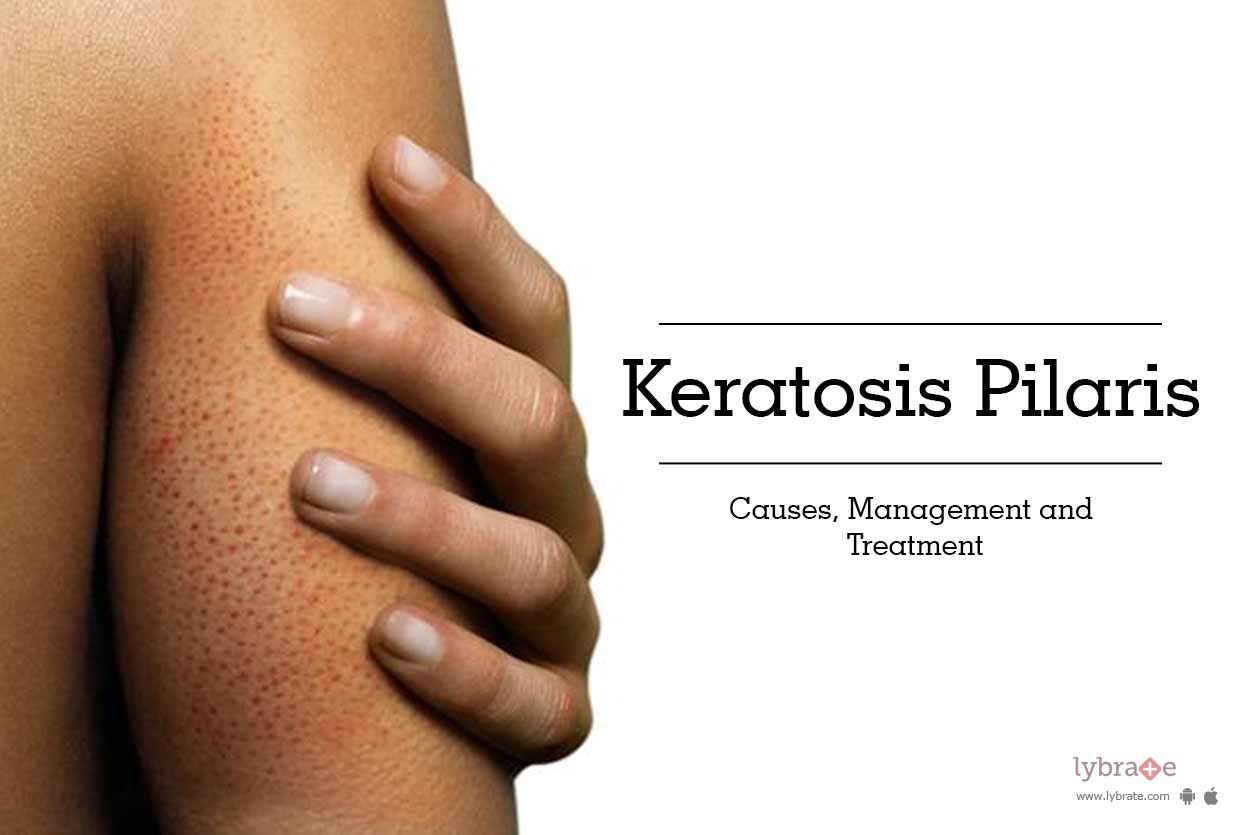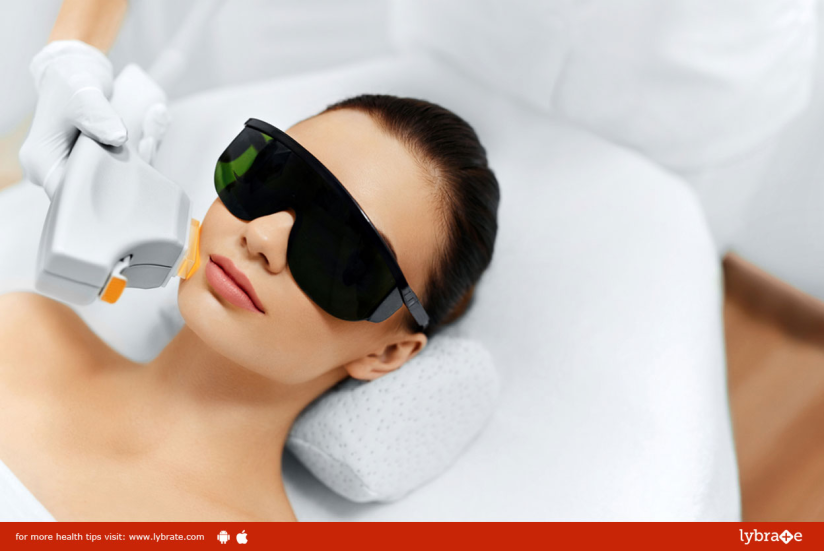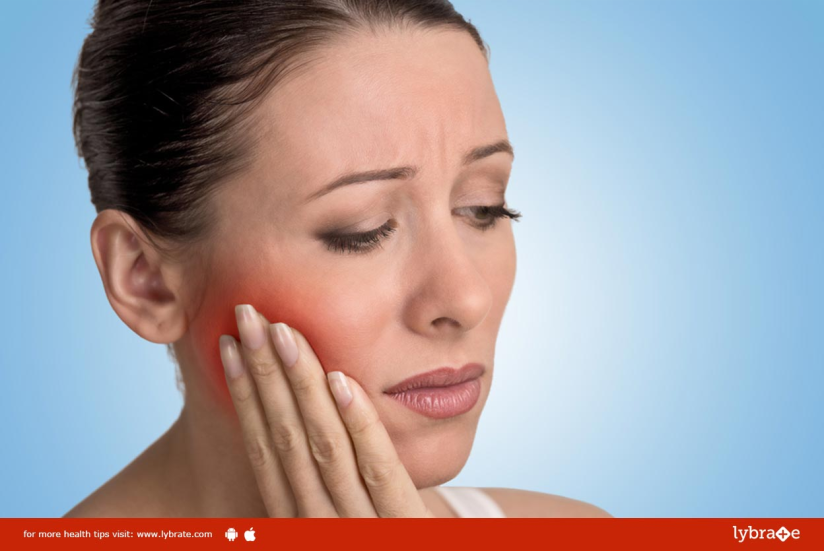Acne is an inflammatory skin disorder which is prevalent in both males and females. When the sebaceous glands present on skin produce excessive sebum, the hair follicles present on skin get clogged leading to the formation of acne.
Acne can be triggered by a number of factors. Here are some of the common triggers for acne:
1. Genetics: If one or both parents have acne, their children have high chances of suffering from it as well. Genes influence the sensitivity of your skin towards hormones such as androgens and progesterone that trigger acne. They also influence the production of anti inflammatory chemicals in the skin and skin’s response to bacteria.
2. Stress: The severity of acne can be correlated to the levels of stress a person is facing. While scientists are yet to figure the exact relationship between stress and acne; it is known that the cells that produce sebum or oil also act as stress receptors. Studies suggest that when a person is under stress, these cells produce excessive sebum that clogs pores on the skin leading to pimples.
3. Hormones: Hormones play an important role in skin health especially when it comes to women. Androgens or the male hormones present in both men and women, trigger acne by over stimulating the oil glands. Women may also see an increase in pimples during menstruation. This is due to the fluctuating levels of progesterone that stimulate the production of sebum.
4. Medication: Acne is one of the side effects to a few types of medication such as corticosteroids and anticonvulsants. However, this is not seen very often. On the other hand, drugs that contain hormones such as androgenic steroids almost always cause an acne breakout. Treatment for acne depends on the severity of the condition and its persistence. Mild cases can be easily treated with over the counter medication, but if your acne is severe and not affected by these medications, it best to consult a dermatologist.



























